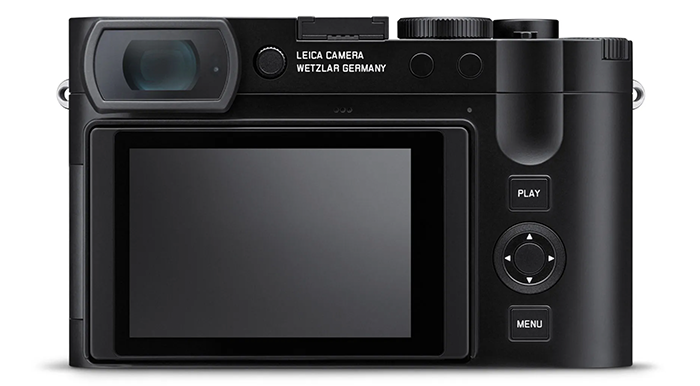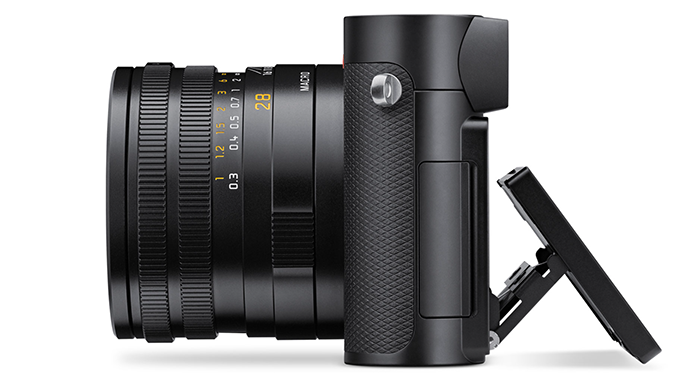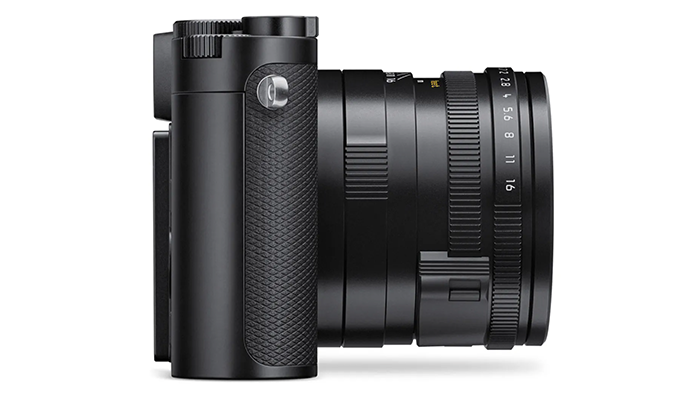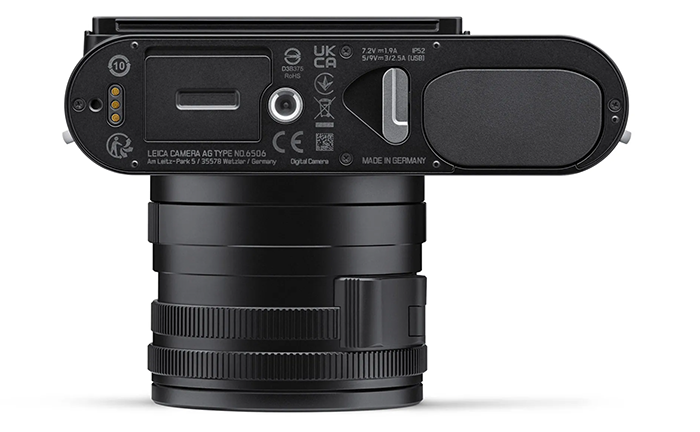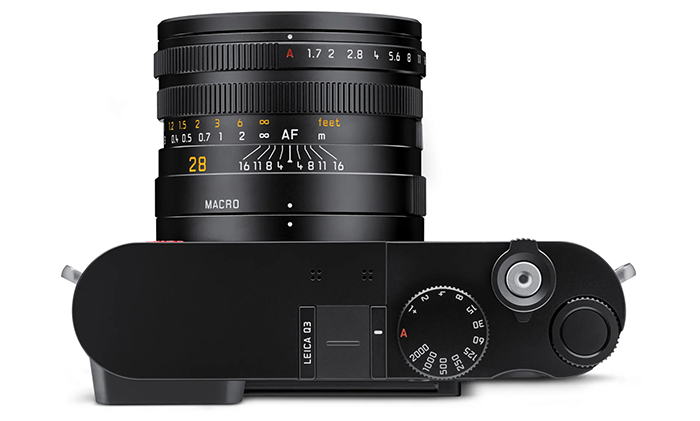Amazon is selling DPReview?
Dpreview is still publishing new content and there are rumors that “somebody” is going to buy Dpreview to keep it running.
Dpreview is still publishing new content and there are rumors that “somebody” is going to buy Dpreview to keep it running.
NOTE: On the video above I said those are Viltrox lenses but they are not, they are from Yongnuo!
Yongnuo will soon announce five new APS-C lenses. The leaks show the X-mount versions. Unclear yet if there will be also Sony E, Nikon Z and Canon R mount versions. Here are the specs:
All lenses appear to have an LCD screen like the recently leaked 16mm f/1.8 FE lens
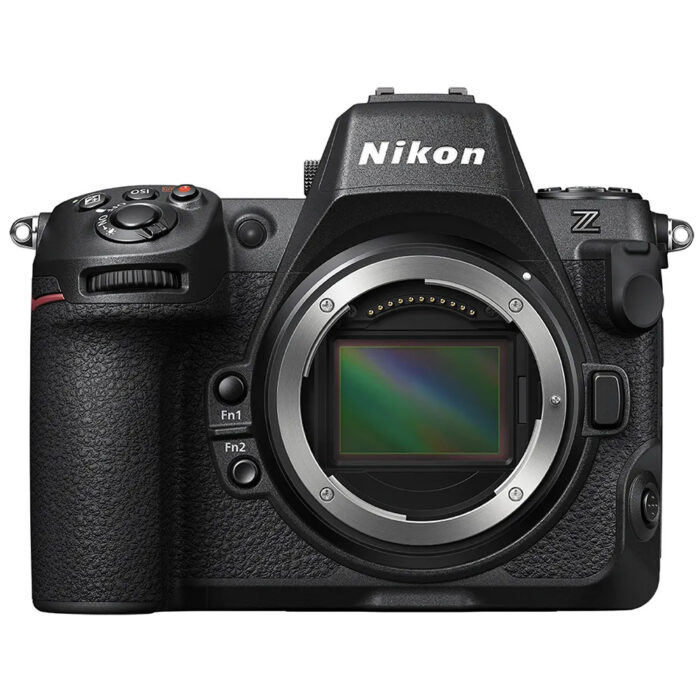
Full leaked specs and images here:
Reservation start date: May 12, 2023 10:00 am
Scheduled release date: May 26, 2023
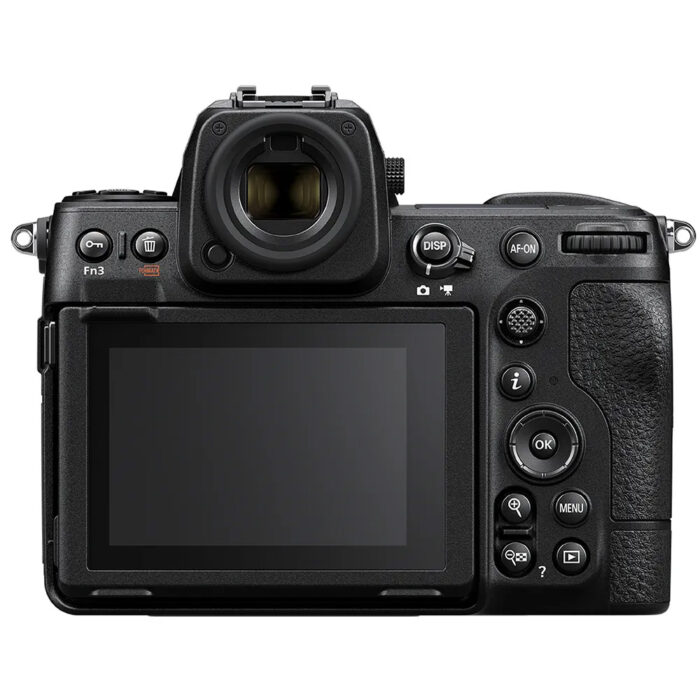
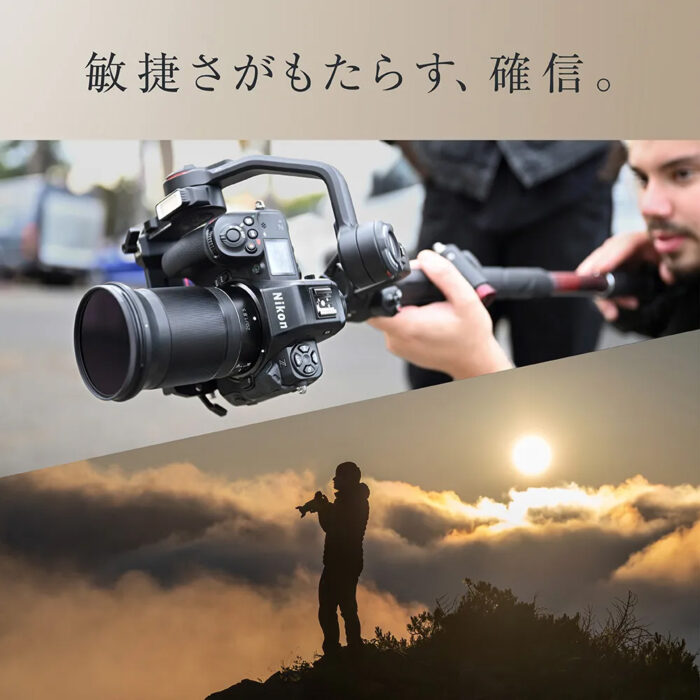

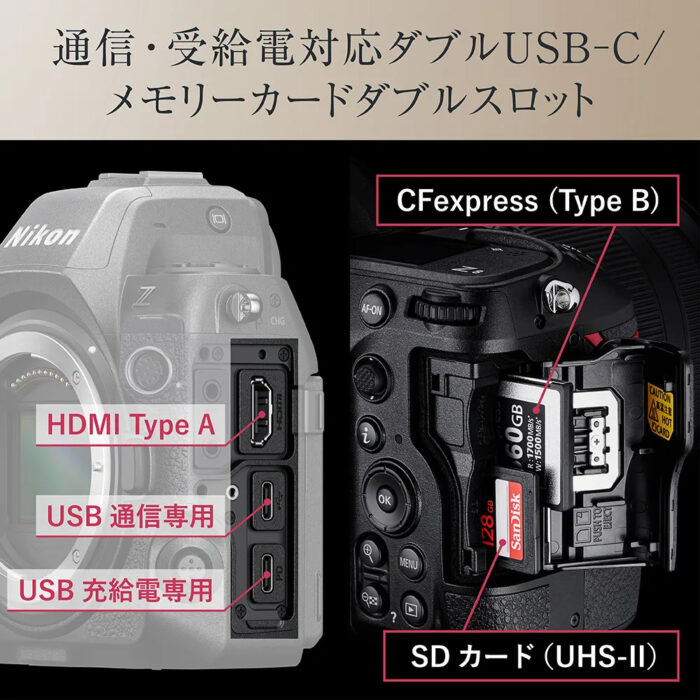
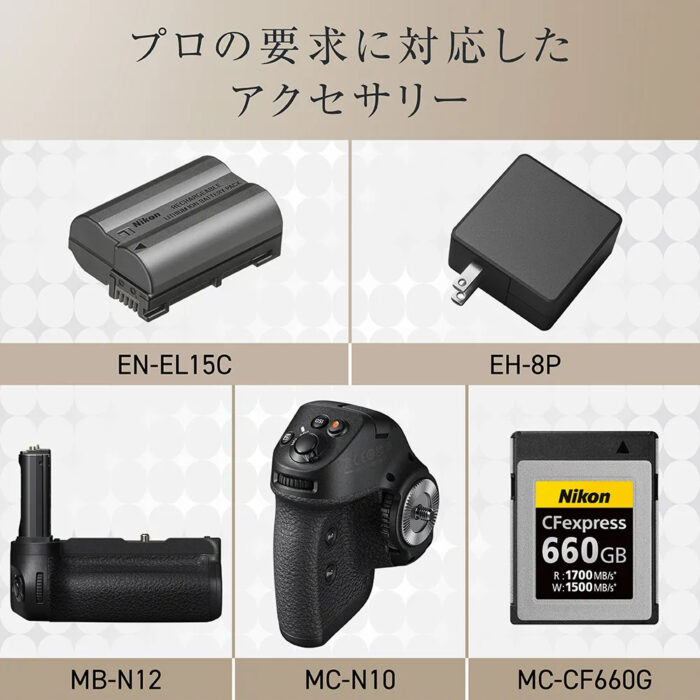
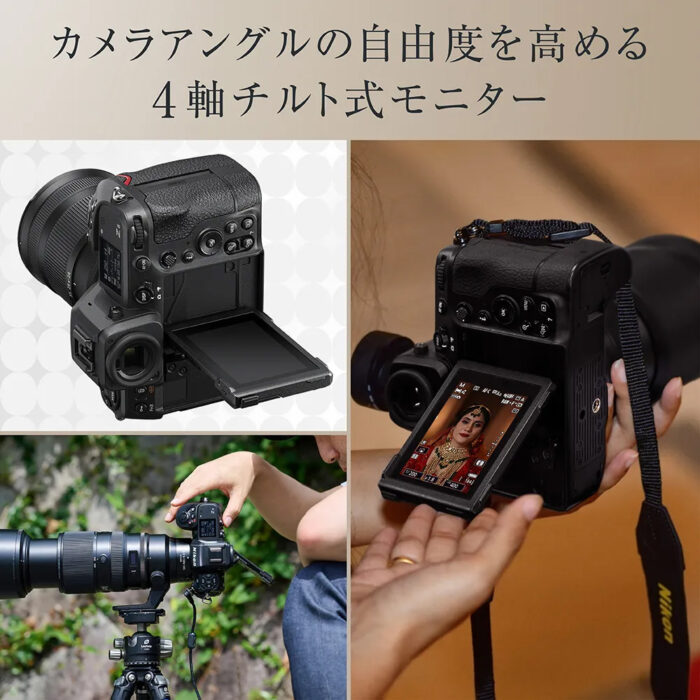
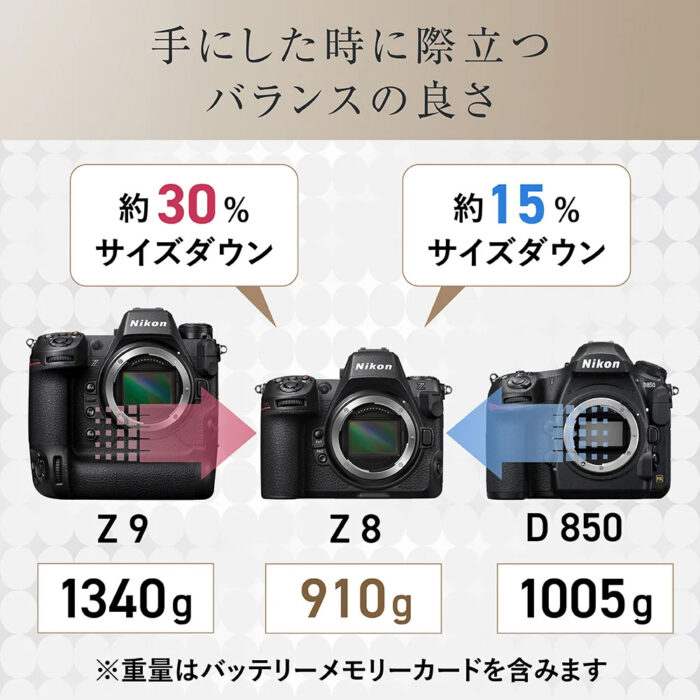
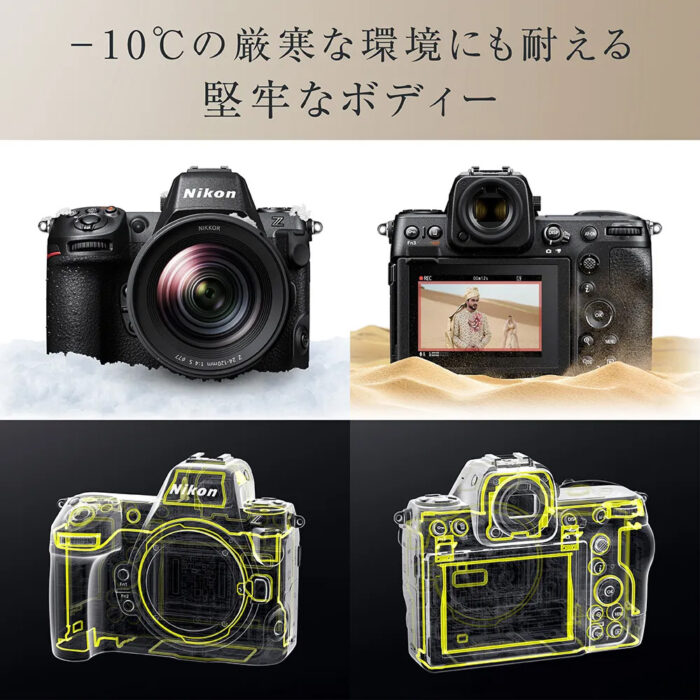
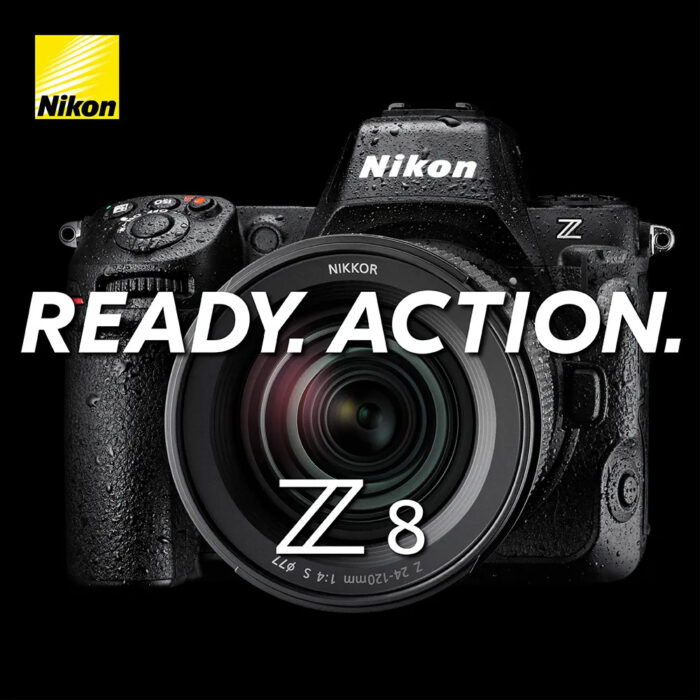
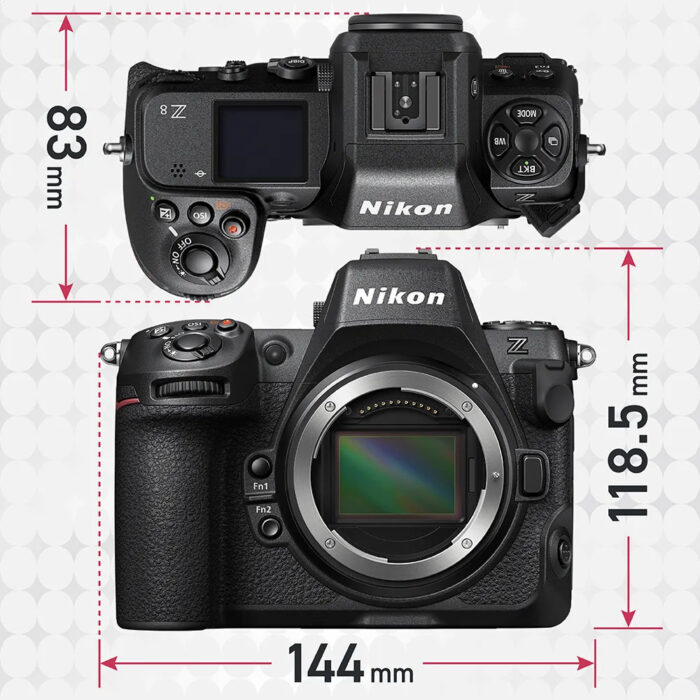
A Chinese Weibo account posted this allegedly leaked Z8 image:


Here is all the info about the new Canon V10 vlogger camera that will be announced on May 11:
Specs:
Canon PowerShot V10
Black Silver
To be released in late June 2023
Canon PowerShot V10 Tripod Grip Kit
Black
To be released in late June 2023
1 type 13.1 megapixel image sensor (for video)
Wide-angle lens equivalent to 19mm in 35mm format
4K 30p/FHD 60/30p
Large aperture stereo microphone
selfie tilt monitor
63.4×90.0×34.4mm
211g
Built-in freestanding stand
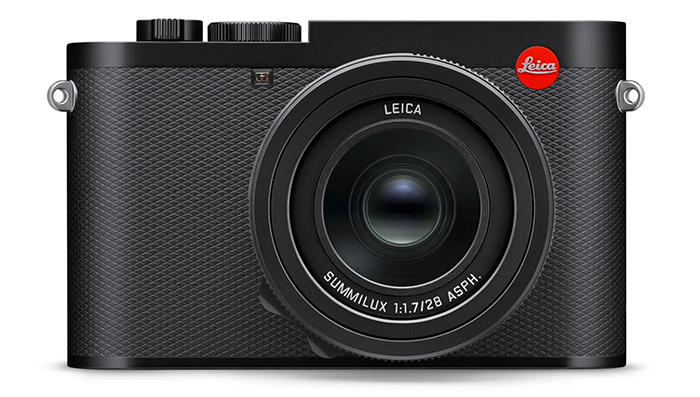
Here are the leaked images and specs of the soon to be announced new Leica Q3:
